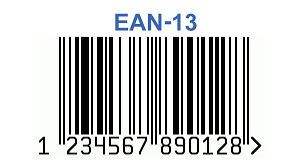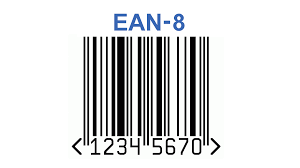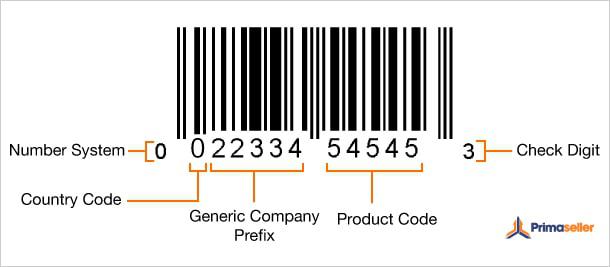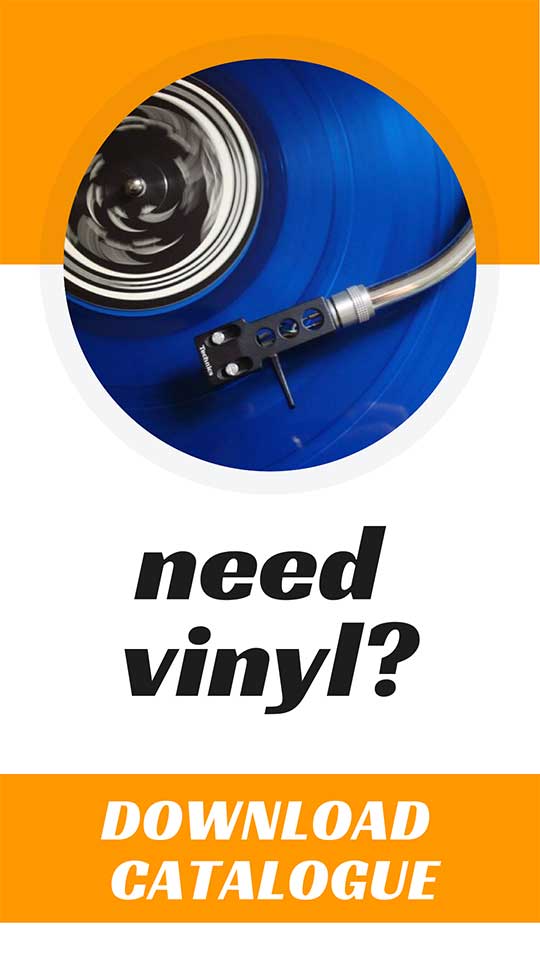EAN Barcode: What is an EAN Barcode and do I Need One?
EAN barcodes are a system practically used every day in the 21st century (on the CDs too), but many of us don’t understand why. We know why, and we’re about to tell you – so get ready.
Here’s what EAN barcode is: The EAN system combines barcode symbology and an accompanying number system, to assign each product with an entirely unique reference number. This number can be obtained by scanning the barcode graphic, using a barcode scanner.
Every single day of your life you will see an EAN barcode. But do you know what they mean? Scroll down and find out.
What is an EAN Barcode?
The International Article Number (or, European Article Number) is a term used to describe the layout and style of barcodes internationally. To be technically correct, EAN is a term describing barcode symbology and the numbering system used in accordance with it.
The barcode and number combined are used in global trade to identify, “a specific retail product type, in a specific packaging configuration, from a specific manufacturer”.
The EAN barcode is printed on virtually every purchasable product in the world. The EAN is the most widely used of the GS1 barcodes, which is a system of product identification that ensures the number assigned to your product is entirely unique. In fact, the first three digits of the EAN code usually identify which GS1 Member Organization the product manufacturer has joined.
What is a Barcode?
A barcode, surprisingly, has two components to it. First, the barcode graphic itself (the series of black bars, separated by white spaces), and secondly, the EAN number beneath the bars.
Barcodes appear of almost all of the products you see during your day. The pattern of black bars and white spaces can be ‘read’ by appropriate machines and translates into a number on said machine. This number then uniquely identifies this product.
What Are The Types of EAN Barcode?
There are four types of EAN barcode. They are:
EAN-13
UPC-A
EAN0-8
UPC-E
What Is The Difference Between EAN 8 or EAN 13?
The EAN-13 barcode is used to denote consumer products that pass through a checkout point, or point-of-sale. EAN-8 codes can be identified by a GTIN-13 (a 13-digit code), or a variable weight code.
The EAN-8 barcode is used to label small consumer products, that have reduced physical space for barcode placement, such as a lipstick. The EAN-8 barcode contains a GTIN-8 (an 8-digit code).


Why Do You Need Barcodes?
The main purpose of a barcode is to uniquely identify each product with a number.
Therefore, for this numbering system to work, there must be zero chance of barcode duplication. That being said, no numbers, or barcode, should repeat, for different products, ever.
To ensure this, the GS-1 is in charge of creating, registering and assigning unique codes to each product. These codes are known as EAN barcodes and are unique 13-digit codes – to prevent duplication. These 13-digit unique codes are then represented by a barcode – acting as a graphical representation of that exclusive code which can be read by barcode scanners.
What Does EAN Stand For?
EAN stands for the European Article Number, also named IAN (International Article Numbering). This is an international standard of unique numbering, most commonly represented by graphic barcodes. This system is primarily used in retail premises during the point of sale.
Where Can I Find an EAN Barcode?
Barcodes can vary in location. The barcode’s placement is determined by the product’s shape and design – so it varies from product to product. However, generally speaking, the EAN number is most commonly found on the top or bottom of an item.
How Do I Get an EAN Barcode?
Firstly, you may have to prove you are a verified and legal seller of goods (a process that varies internationally). From here, you can then get EAN barcodes for your products using a variety of online sources, such as:
The free web-based barcode generator on the Terry Burton website. They have a “how-to” section which is easy to follow.
You can visit the GS-1 official website and obtain barcodes at https://www.gs1.org/standards/get-barcodes
What Do The Numbers Mean on a Barcode?
For each barcode, there are two parts: the barcode graphic, and the 13-digit EAN number. This code is broken down into several parts:
1. The first six numbers of the barcode is the manufacturer’s identification number – broken into ‘number system’, ‘country code, and ‘company prefix’.
2. The next five digits represent the item’s number, or ‘product code’.
3. The last number is called a ‘check digit’. This allows the barcode scanner to determine if the barcode was scanned correctly.
If you don’t love lists as much as we do, here is an easy-to-understand graphic containing the same information.

What is a UPC Barcode?
The Universal Product Code (UPC) is a term used to describe the layout and style of barcodes internationally. To be technically correct, UPC is a term describing barcode symbology and the numbering system used in accordance with it.
What is The Difference Between EAN and UPC?
In the world of consumer retail, there are primarily two barcode formats used, UPC and EAN. In the simplest of terms, the UPC format is a 12-digit code, while the EAN is a 13-digit code.
The only major difference between UPC and EAN is the placement of the numbers below (human-readable numbers) in the barcode graphic. These numbers are only used as a back-up in case the barcode graphic does not scan properly, and the product’s information has to enter manually.
Where Can I Get a UPC Barcode?
Much like obtaining an EAN-barcode for your products, you first need to register with GS-1 and verify your company’s credibility, and then be given a company code. This can be done at this website
This company code will then prefix any and all of your future UPC-barcoded products, helping to identify you as the seller.
Do I need more than one barcode?
You’ll need more than one barcode only if your releases are different. For example, if you’re releasing your album and there’s only one version of it (usually that’s the case unless you plan to release remastered or special edition of the same album) then you’ll only need one barcode.
So to put it in simple terms, one album – one barcode, any additional versions of the album – more barcodes.
Should I Use UPC or EAN?
The UPC barcode is used only in the US and Canada, while the EAN is used everywhere else. This owes to a previous assumption that products made in the USA and Canada would only be sold within these borders. However, with the rise of globalisation, the UPC and EAN have become somewhat interchangeable.
Hope that helps!
Thanks,
Rory
Get ready for your CD release!
Download our FREE pdf guide and be on the sure path to release your CD successfully.
Download pdf guideYou might also like:
Includes PR companies, UK promoters & UK booking agents. Everything you need to put your band on the map.
Hey, I’m Tom, and I’ve been involved in the music industry for over two decades now! I help bands produce top-notch records by lending my expertise in CD manufacturing, music business and mastering. But that’s not all – I also have a soft spot for writing and sharing knowledge with others. I hope you’ll find the content I create enjoyable to read and that it provides some valuable insights into the world of music.





